Watering your plants seems simple, but understanding how often you should water them can be tricky. Each plant has unique needs, and overwatering or underwatering can harm them. By paying attention to your plant’s specific requirements and knowing the signs of both underwatering and overwatering, you can ensure your plants get the right amount of hydration. In this guide, we’ll explore essential watering tips to help you keep your plants healthy and thriving.
Understand Your Plant’s Needs
To care for your plants effectively, it’s important to consider the specific needs of each type. Different plants have varying requirements when it comes to sunlight, soil, and, most importantly, water.
Most plants show signs of what they need to thrive. For instance, tropical plants often prefer higher humidity and consistent moisture in the soil. On the other hand, succulents and cacti are adapted to retain water for longer periods and thrive in drier conditions.
Using the right soil is also crucial. Soil composition affects water retention and drainage, which directly impacts how often you should water. Fast-draining soil is ideal for plants that prefer dry conditions.
Observing your plant’s leaves can give you insights into their hydration level. Vibrant green leaves usually indicate sufficient water, whereas wilted or yellowing leaves may suggest either under or overwatering. Learning these signs will help tailor your watering routine effectively.
Take into account where your plant is located in your home. Room temperature, humidity, and exposure to sunlight all affect how quickly your plant uses water. A plant near a sunny window might need more frequent watering than one in shade.
Signs of Underwatering and Overwatering
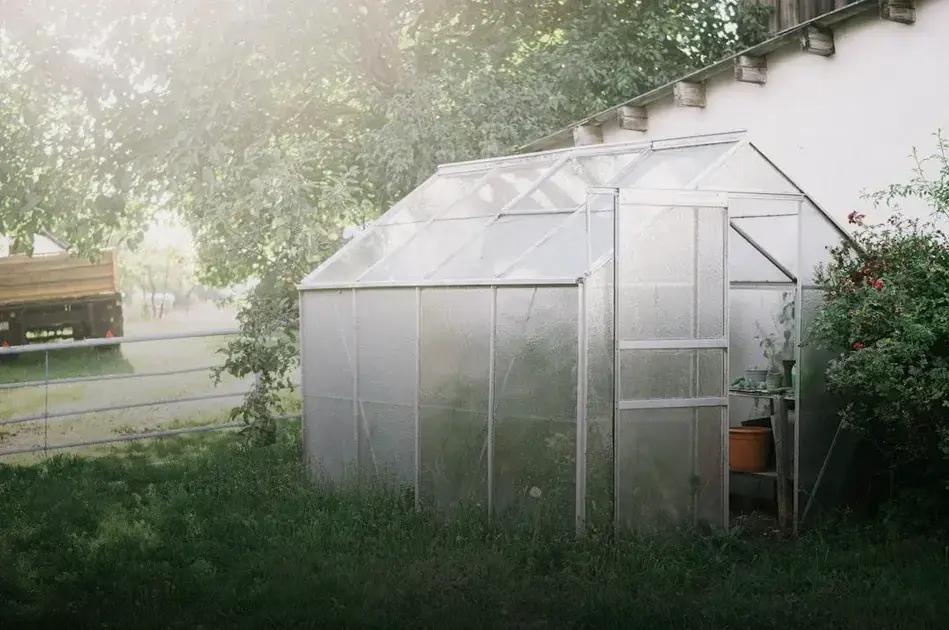
Signs of Underwatering
When plants do not receive enough water, they begin to show telltale signs. Yellowing of leaves is a common indicator, as water is crucial for chlorophyll production. Additionally, leaves may become dry and crispy to the touch. You might also notice that the plant’s growth has slowed down significantly. Soil that’s pulling away from the edges of the pot is another indicator that your plant isn’t getting enough moisture.
Signs of Overwatering
Overwatering can be just as detrimental to plants. Wilting leaves can occur, which might seem confusing, but it’s essential to check the soil. If the soil feels consistently damp or soggy, this is a sign there’s too much water. Another distinct sign is the presence of fungus or mold on the soil surface, often accompanied by a musty smell. Root rot is a severe consequence of overwatering, where the plant’s roots become mushy and black, hampering its ability to absorb nutrients.
Monitoring these signs can help ensure that your plants receive the optimal amount of water, balancing between too little and too much. Understanding these indicators is vital as you work towards improving your watering regimen.
Best Time to Water Your Plants
The best time to water your plants is crucial for ensuring their health and growth. It is generally recommended to water plants early in the morning. This time frame allows the water to be absorbed into the soil efficiently, giving plants ample time to take in the moisture they need before the sun becomes too intense.
Watering in the morning is beneficial because it reduces evaporation. When done early, the cooler temperatures and less intense sunlight ensure that more water reaches the roots rather than evaporating off the surface.
Conversely, watering in the afternoon, especially on hot days, can be less effective. Water tends to evaporate quickly in the heat, which means less moisture is available to the plants. Furthermore, wetting leaves during strong sunlight can cause scorch marks, damaging your plants.
If mornings aren’t feasible, early evening can be a suitable alternative. However, be cautious not to water too late as it can leave the foliage wet overnight, increasing the risk of fungal diseases. Proper humidity balance is vital for plant health.
Adapt to Weather Changes
Adjust your watering schedule according to the weather. For instance, during rainy seasons, reduce the frequency to prevent overwatering. In contrast, during dry periods, plants may need more water but still ensure you follow the optimal timing to maximize absorption.
Watering Techniques for Different Plants
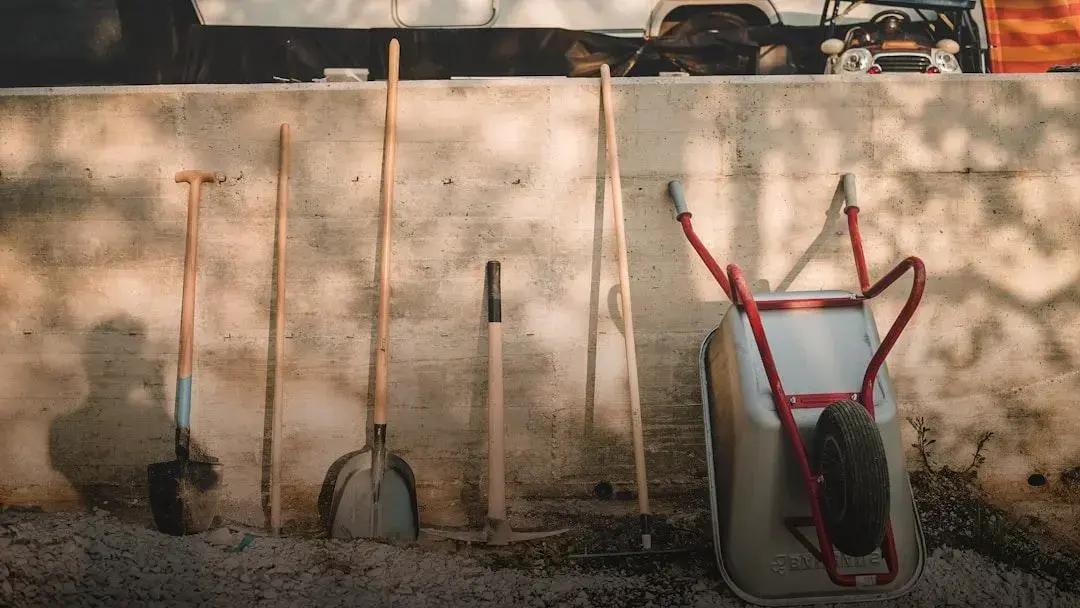
Watering techniques can significantly differ based on the type of plant you are caring for. Understanding these differences is crucial to keeping your plants healthy and thriving.
Succulent Plants
Succulents, like cacti and aloe vera, store water in their leaves. Thus, they require less frequent watering, usually only when the soil is completely dry. Overwatering is a common mistake, so ensure the soil is arid before adding water.
Flowering Plants
Flowering plants, such as roses or marigolds, often require more consistent moisture. Water these plants when the top inch of soil feels dry. Consider using a watering can for precise control to avoid wetting the leaves, which can encourage disease.
Native Plants
Plants that are native to your region are often more adapted to the local climate and might require less frequent watering. Observe rainfall patterns and adjust watering schedules accordingly. Native plants are usually more resilient and can thrive with natural precipitation.
Vegetable Gardens
Vegetable gardens thrive with regular watering, especially during growing seasons. Check the soil daily, and water when the top inch is dry. The finger-test method is simple: insert a finger into the soil up to the knuckle. If it’s dry at the tip, it’s time to water.
Indoor Plants
Different indoor plants have varied needs based on the household environment, like temperature and humidity levels. Watering schedules for indoor plants can vary greatly, from once a week to several times a month. Be attentive to individual plant requirements.
Using the Right Amount of Water
Watering plants is an essential task that requires precision and understanding. To ensure their healthy growth, it’s crucial to use the right amount of water. Too little water can lead to dehydration, while too much water may cause root rot.
First, observe your plant’s needs and the environment it thrives in. Plants in humid conditions usually need less water compared to those in dry climates. The type of soil also plays a significant role. For instance, sandy soils drain quickly, whereas clay soils retain moisture for longer. Thus, plants in sandy soils might require more frequent watering.
You should aim for thorough watering to ensure the soil is evenly moist. Insert a finger about two inches into the soil. If it feels dry at this depth, it’s time to water. On the other hand, if the soil is still moist, wait a day or two before checking again.
For potted plants, ensure proper drainage to prevent waterlogged roots. Check the drainage holes and select pots that allow excess water to escape.
Avoid overwatering by paying attention to the plant’s leaves. Yellowing leaves or a mushy texture often indicate overwatering. Adjust your watering schedule based on these signs to maintain optimal plant health.

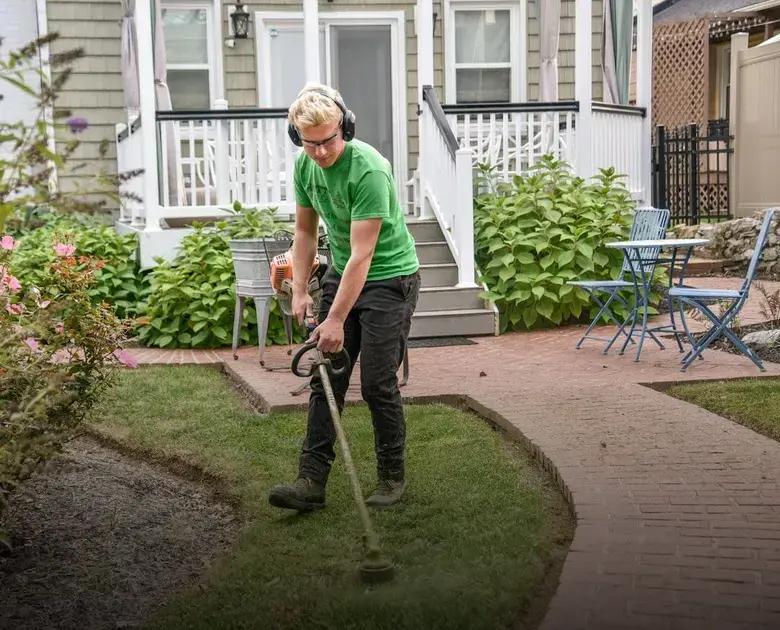
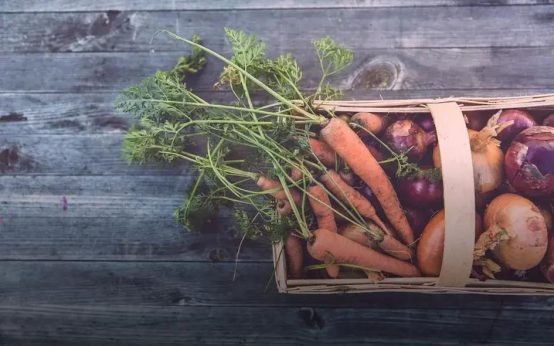 Planting Bulbs: When and How to Maximize Blooms
Planting Bulbs: When and How to Maximize Blooms  How to Grow Beautiful Roses at Home: Expert Tips
How to Grow Beautiful Roses at Home: Expert Tips 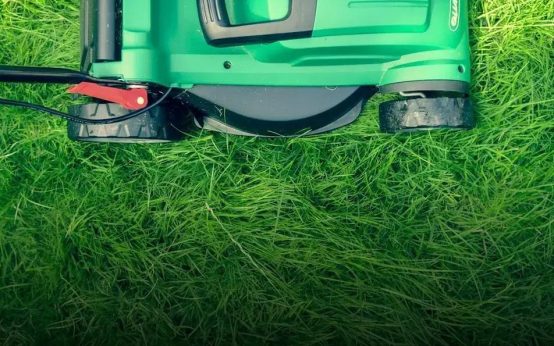 Best Flowers for a Colorful Backyard Garden: Top Picks
Best Flowers for a Colorful Backyard Garden: Top Picks